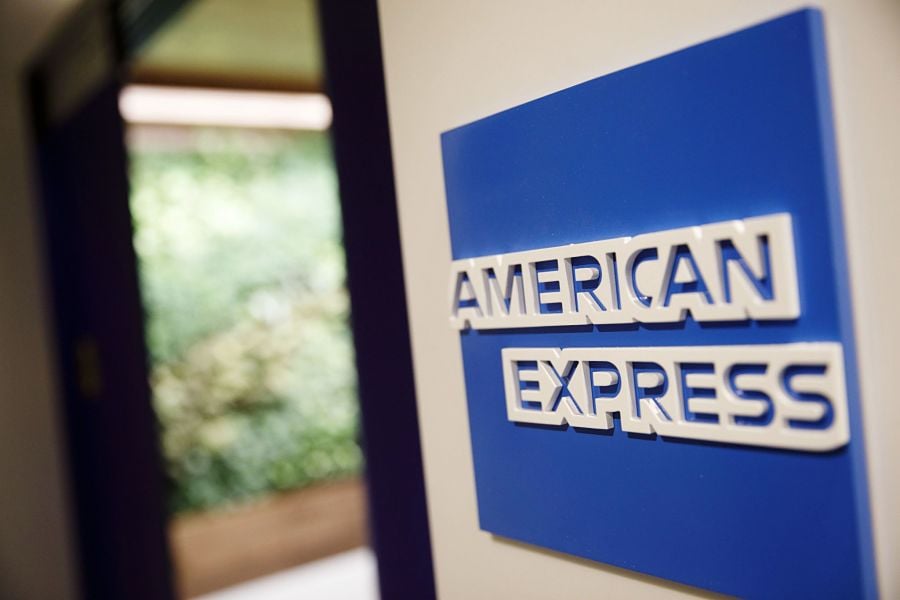

I recently tweeted about embedded gifting on Instagram, a way to donate to a cause from an Instagram Inc. story right through the app, conveniently using parent company Facebook Inc.’s payment platform. Consumer companies are adding traditional financial services functions like savings, lending, insurance, investing, and financial plans (and gifting!) to their apps — and it’s happening quickly.
But isn’t planning a deeply complex financial tool that is only used by financial advisers with their wealthy clients? Nope. At least not anymore. Planning is so central to everyone’s lives that it’s now available almost everywhere. Welcome embedded planning.
Think about it this way. When it comes to finances, a person can plan for anything. They can plan to get out of debt, buy a car, a house, send their kids to college, retire ... you get the idea. So maybe it does make sense to do this in the same app where you’re spending money — or saving money. American Express Co. and Walgreens Boots Alliance Co. certainly think so, based on their recent launches of embedded planning.
American Express believes a consumer may want to create a full financial plan, complete with toggles for job promotions and inflation as well as important life events. They believe it so much that they funded a startup and will embed the feature into their credit card experiences. Soon, customers will be able to see the impact their American Express debt has on their financial plans. Or they’ll be able to plan for big purchases on the app that will help them fund the purchase.
And the best part? It’s free, thereby democratizing access to holistic financial planning. And planning needs democratizing. According to a Schwab survey, “54% of Americans who have a written a financial plan feel ‘very confident’ about reaching their financial goals, while only 18% of those without a plan feel the same level of certainty … Despite the benefits of planning, Schwab’s survey shows only a third (33%) of Americans have a financial plan in writing. Among those without one, 42% say it’s because they don’t think they have enough money to merit a formal plan, 22% say it’s too complicated, and 19% say they don’t have enough time to develop one.”
[Read more: American Express returns to financial planning]
You could argue that American Express is a traditional financial services company and therefore it’s not surprising that they would add planning features. After all, remember when Amex used to have financial advisers? True. In that case, let’s look at Walgreens — the place where you pick up prescriptions and diapers. They recently entered financial services with payments, launching their own store card, Scarlet.
Launching a store card is not groundbreaking. As a matter of fact, Walgreens is arguably late to the game. For years, retailers have been offering consumers branded store cards, with the goal of driving customer loyalty and spending while also saving on merchant fees.
But Walgreens stepped into the arena not only with a store card, but also with direct deposit, bill pay, peer-to-peer payments and financial planning (or at least goal management).
So what does this mean? Well, for financial advisers it means that more clients are becoming familiar with — and using — financial planning tools. This is good for consumers; financial planning will become a household term, and financial wellness tools and education will be accessible in more places. For retailers, the race is on. Embedded financial tools are becoming differentiators. If a consumer’s financial plan is on American Express’s app, chances are they’ll be more engaged with and loyal to American Express. This will put pressure on competitors to add value in similar ways.
As more and more mainstream companies not known for financial planning adopt embedded finance, a wider array of consumers will become more comfortable with using digital planning tools in their everyday lives. This gives financial advisers a promising opportunity to provide consumers introduced to planning through embedded finance with a unified digital experience where they can understand how every financial decision they make can affect their holistic financial picture today — and tomorrow.
It's up to advisers to help clients build on the embedded finance they have been exposed to by providing them with digital planning tools that address all, as opposed to some, aspects of their financial lives.

While industry statistics pointing to a succession crisis can cause alarm, advisor-owners should be free to consider a middle path between staying solo and catching the surging wave of M&A.

New joint research by T. Rowe Price, MIT, and Stanford University finds more diverse asset allocations among older participants.

With its asset pipeline bursting past $13 billion, Farther is looking to build more momentum with three new managing directors.

A Department of Labor proposal to scrap a regulatory provision under ERISA could create uncertainty for fiduciaries, the trade association argues.

"We continue to feel confident about our ability to capture 90%," LPL CEO Rich Steinmeier told analysts during the firm's 2nd quarter earnings call.
Orion's Tom Wilson on delivering coordinated, high-touch service in a world where returns alone no longer set you apart.
Barely a decade old, registered index-linked annuities have quickly surged in popularity, thanks to their unique blend of protection and growth potential—an appealing option for investors looking to chart a steadier course through today's choppy market waters, says Myles Lambert, Brighthouse Financial.
